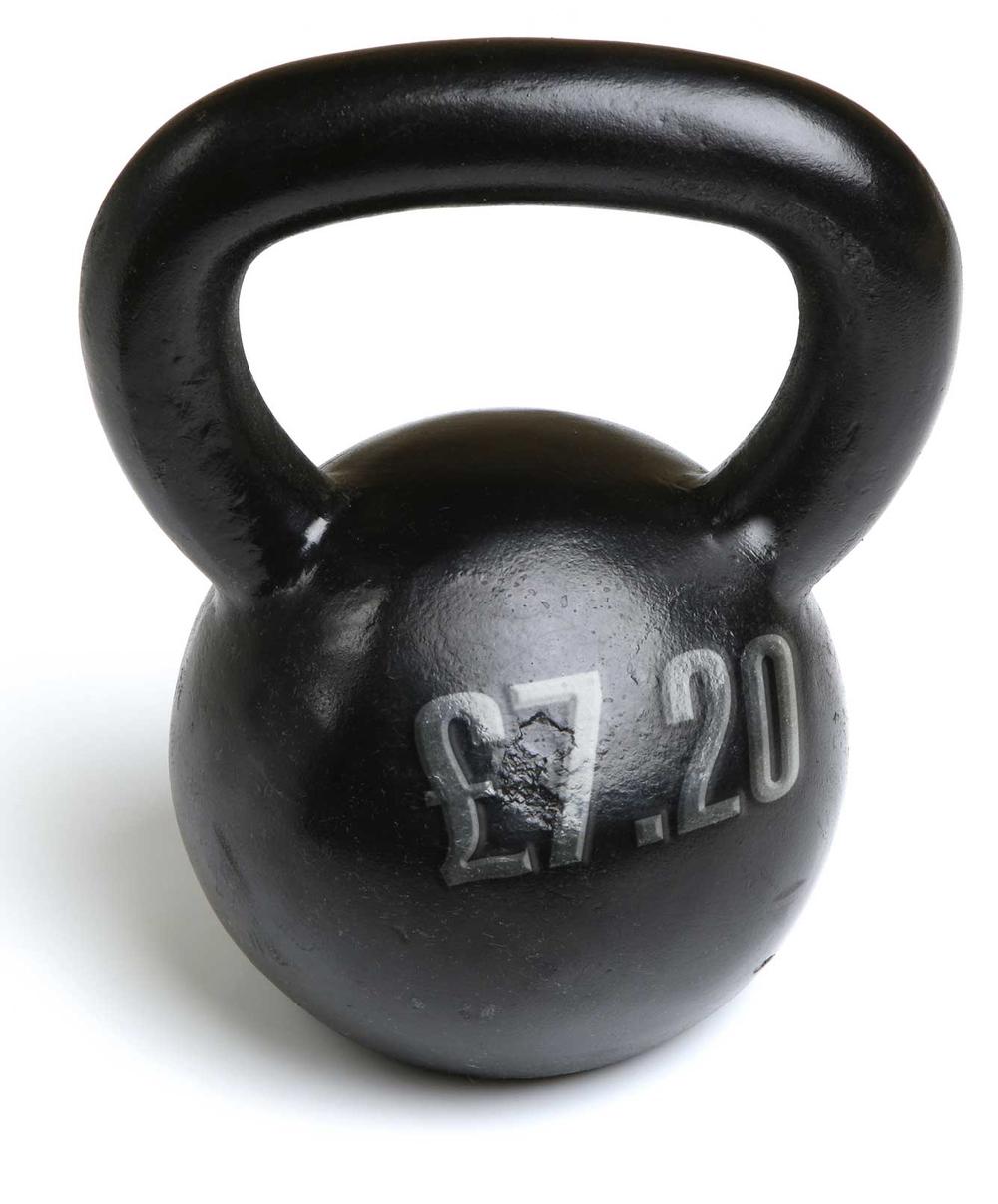In just a few months’ time, UK employers will see a significant rise in their wage bills as the National Living Wage – outlined by Chancellor George Osborne in the Summer Budget of 2015 – takes effect.
From April 2016, the starting hourly rate for over-25s will be £7.20 (up from the current minimum wage of £6.50), gradually rising to £9 an hour by 2020. It signals a welcome pay rise for many of the 6 million (or 23 per cent) of UK workers currently earning below a living wage (source: KPMG).
However, as an industry where a large number of workers enter – and often stay – at the lower end of the pay scale, the impact on the health and fitness industry will be significant. As wage bills soar, operators will have to become increasingly resourceful in how they look to balance their books.
Will membership fees have to rise, or will this simply chase away customers who were hard to win in the first place? On the other hand, will better pay attract more talent into the industry and raise skills and standards to a degree that retention increases and business naturally expands?
Other traditionally low-paid industries like food retail have been quicker to embrace the changes: supermarket chain Lidl, followed by Aldi and Morrisons, all raised pay packets over and above the Living Wage in the months after the Chancellor’s announcement. They have pledged that prices for their customers will not rise, although some have made cuts in areas like paid breaks and weekend overtime rates for staff.
For a growing number of employers, paying over and above the National Living Wage is becoming an ethical business consideration.
The Living Wage Foundation, which campaigns for higher pay, has seen its numbers more than double since November 2014: the number of Living Wage employers is up from 1,000 companies to over 2,000 by November 2015 (including almost a third of the FTSE 100 companies). All companies accredited by the Foundation commit to paying £9.40 an hour in London and a rate of £8.25 elsewhere.
According to Living Wage Foundation director Sarah Vero: “These employers aren’t waiting for government to tell them what to do. Their actions are helping to end the injustice that is in-work poverty in the UK now.”
In particular, the Foundation draws attention to research by Public Health England on the strong link between pay and wellbeing. The study shows that low income “is associated with worse outcomes across virtually all domains, including long-term health and life expectancy” and “with a greater risk of limiting illness and poor mental health”.
As an industry whose main remit is to improve the nation’s health, enabling the good health of fitness sector employees by paying them a living wage would seem like a good place to start.
But without the profit margins of sectors like banking, how will the fitness industry afford it? What measures can it implement to mitigate the imminent wage bill rise, and are there rocky times ahead? We ask the experts.
























































